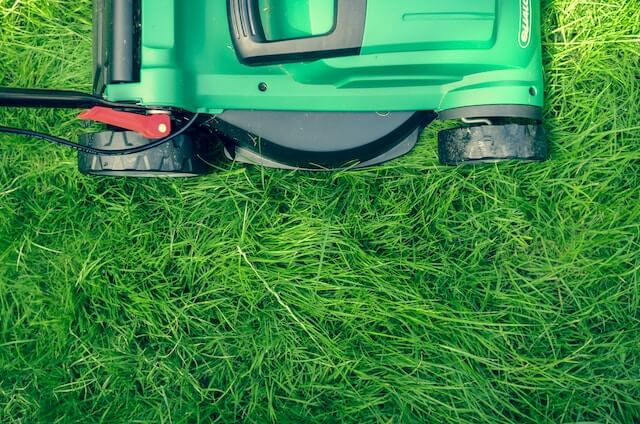Fence maintenance
A wood fence gives your backyard privacy and style—but only if it’s maintained properly.
A properly-cared-for fence should last 8-15 years. Your fence is exposed to moisture and insects, which cause the structure to rot. That barbecue you were planning to host will not be as pleasant if your guests see missing planks of wood or nails sticking out of your fence!
Annual inspection
Every year, inspect the fence for damage or decay, like broken boards, and loose nails and screws. If you detect any cracks in the wood, you can use a waterproof wood glue to prevent moisture from causing further deterioration.
Painting and staining
If you have had a new fence installed, you should wait a year before staining or painting it to allow time for the wood and chemicals used for pressure treating to dry. The last thing you want to do is seal moisture in, which can lead to decay.
Every 3 to 5 years you should repaint or re-stain the fence. Exterior oil-based stains or latex paints seal out moisture, prevent decay, and extend the life of the wood. Always remember to let the wood dry for about a week before applying a stain or sealant.
Longer term maintenance
Pressure treated wood can still swell, shrink, crack, or warp, which means you need to maintain your fence every 2 or 3 years. Reducing the fence’s exposure to moisture will extend the life of the structure. Set up your sprinklers so they don’t wet the fence or cause the growth of moss. Prevent vines or bushes from growing on the fence, as they add both moisture and weight.
Every 3 to 5 years, remove dirt, moss, and mildew. If you see any mould, spray a solution of 4 parts mild detergent and 1 part bleach on the fence an hour before washing it to kill off any mold spores.
Home insurance considerations
Square One offers optional coverage for detached structures, fences and landscaping. Detached structures include things like sheds and gazebos, while landscaping includes trees, shrubs, plants, and your lawn. However, insurance won’t cover damage to landscaping caused by disease, drought, water, wind, hail or weight of ice or snow.
Proper backyard maintenance is also important with respect to liability insurance. Remember that you could be liable if one of your guests happens to injure themselves by tripping over a poorly-placed garden hose or stepping on a loose nail.
Commonly asked questions
What is the ideal height for my grass?
You don’t want to mow your lawn too low. Generally, you should not remove more than one-third of the glass blade height. If you cut too low, you expose the lawn’s canopy to the sun and heat, which can increase weed growth. Taller grass retains more water, produces more chlorophyll, and provides shade for the soil.
Use the three-inch (7.62 cm) setting on your mower. You can change the setting by moving the adjustable handle near the front wheel. The higher you cut, the more the grass roots will extend into the soil. The roots of a one-inch-high blade of grass will only extend three inches into the soil, while those of a three-inch-high blade will go up to nine inches deep. Deep roots translate into a healthier and more resilient lawn.
For the final mowing of the season, it is recommended that you cut the grass to a height of two inches in preparation for the colder weather.
How much does a wood fence cost?
The cost to install a wood fence depends on a number of factors, such as the type of wood, the height of the fence, the region you live in, whether or not you do the work yourself or hire someone else, and whether you share the costs with your neighbours. The best thing to do is get an estimate from a professional contractor.
Can you eat dandelions?
Yes! Dandelions are a great source of vitamins and minerals, such as vitamins A, C and K. These plants contain several antioxidants which help protect your body’s cells. Dandelions also reduce inflammation, help manage blood pressure and lower cholesterol. Feel free to add the greens and the flowers to a fresh salad, just make sure they have not been exposed to chemicals.
Want to learn more? Visit our Homeowner resource centre for more articles created specifically to help you navigate homeownership. Or, get an online quote in under 5 minutes and find out how affordable personalized home insurance can be.



